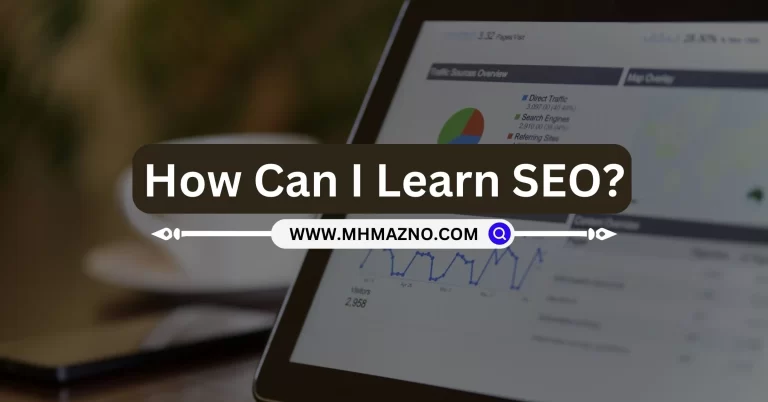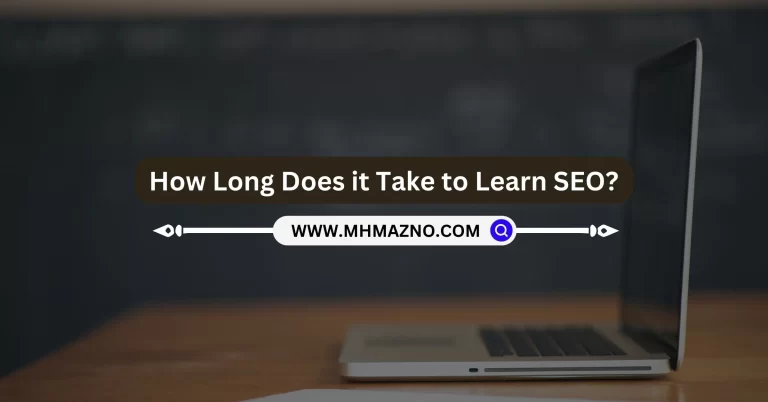In the bustling world of eCommerce, product pages serve as the frontline for your sales strategy. They are often where potential customers make their crucial decision to buy or walk away. Optimizing these pages isn’t just beneficial; it’s essential. Here’s a detailed guide on how to optimize product pages for maximum visibility and conversions. Simple steps lead to big results.
Why Product Page Optimization Matters
Your product page is like a store window. It’s where customers see what you have to offer. If it’s appealing, informative, and easy to navigate, it encourages shoppers to dive deeper. If not, they’ll likely leave in search of better options.
Product page optimization is vital for two main reasons:
Increased Visibility: The right optimizations can help your product pages rank higher in search engine results. When people search for products online, you want your offerings to appear at the top. This visibility translates to more traffic to your site.
Higher Conversions: An optimized product page can improve your chances of turning visitors into buyers. Effective product descriptions, images, and CTAs can persuade customers to click that “Buy Now” button.
Key Elements of an Optimized Product Page
Before diving into the specifics of optimization, let’s identify the key elements every product page should have:
- Product Title: Clear and descriptive.
- Images: High-quality and multiple angles.
- Description: Engaging and informative.
- Price: Clearly stated.
- Call-to-Action (CTA): Prominent and actionable.
- Customer Reviews: Positive feedback that builds trust.
Let’s break down each element and how to enhance them for maximum effect.
1. Keyword Research and Optimization
The first step in optimizing product pages is keyword research. You need to know what terms your potential customers are using to find products like yours. Use tools like Google Keyword Planner, Ahrefs, or SEMrush to uncover valuable keywords.
Choosing the Right Keywords
When conducting keyword research, focus on long-tail keywords. These are phrases that typically have lower competition and are more specific. For example, instead of just targeting “cleaner,” you might target “organic citrus all-purpose cleaner.”
Incorporate these keywords naturally into your product titles, descriptions, and URLs. Here’s how:
- Product Title: Include the main keyword. For example, “Organic Citrus All-Purpose Cleaner – 32 oz Bottle.”
- URL: Use a clean and descriptive URL. For example,
www.yourstore.com/organic-citrus-all-purpose-cleaner. - Product Description: Use keywords organically in the text. Avoid keyword stuffing, which can harm your SEO.
2. Compelling Product Titles and Descriptions
Your product titles and descriptions are your chance to sell. They need to be clear, concise, and engaging. A strong product title grabs attention, while a well-crafted description provides the necessary details.
Writing Effective Product Titles
A product title should be descriptive but not overly complex. Aim for clarity. Instead of generic titles like “Cleaner,” opt for “Organic Citrus All-Purpose Cleaner.” This title is specific and helps with SEO.
Crafting Persuasive Product Descriptions
Your product descriptions should highlight features, benefits, and unique selling points. Here’s a formula to follow:
- Lead with Benefits: Start by telling customers how the product can help them. For example, “Say goodbye to harsh chemicals with our Organic Citrus Cleaner.”
- Feature List: Use bullet points for clarity. For instance:
- Eco-friendly: Made from 100% natural ingredients.
- Versatile: Safe for use on all surfaces, including wood and glass.
- Effective: Cuts through grease and grime effortlessly.
- Engaging Language: Use action words and emotive language to draw readers in.
3. High-Quality Images and Videos
Visuals are critical in eCommerce. They give customers a clear idea of what they are purchasing. Use high-quality images that showcase your product from different angles.
Tips for Effective Product Images
- Use Multiple Angles: Show the product from various perspectives. This helps customers visualize what they’re buying.
- Zoom Functionality: Allow customers to zoom in on images for a closer look.
- Include Lifestyle Images: Show the product in use. This helps customers imagine how it fits into their lives.
Incorporating Videos
Product videos can be a game-changer. A demo video can effectively showcase how to use your product, its features, and benefits. Consider adding videos that include:
- How-to Guides: Show customers how to use your product.
- Customer Testimonials: Real people sharing their experiences can boost credibility.
- Behind-the-Scenes: Offer a glimpse into how the product is made or what makes it special.
4. Utilize Schema Markup
Schema markup is a powerful tool for SEO. It helps search engines understand your product details better, which can enhance your visibility in search results. Implementing product schema can lead to rich snippets—informative search results that can increase click-through rates.
Implementing Schema Markup
Here’s a simple way to add schema markup to your product pages:
- Use JSON-LD format for your schema markup.
- Include details like product name, description, price, availability, and ratings.
- Validate your markup using Google’s Structured Data Testing Tool to ensure it’s working correctly.
5. Mobile Optimization
More people are shopping on their mobile devices than ever. It’s essential to make sure your product pages are mobile-friendly.
Key Elements of Mobile Optimization
- Responsive Design: Your site should automatically adjust to fit any screen size. This ensures a seamless experience.
- Fast Loading Times: Mobile users expect quick load times. Optimize images and reduce code bloat to improve speed.
- Easy Navigation: Make sure buttons and links are easy to tap. Keep your layout clean and straightforward.
6. Effective Call-to-Action (CTA)
A strong CTA is crucial for converting visitors into buyers. Your CTA should stand out and encourage action.
Crafting a Compelling CTA
- Use Actionable Language: Phrases like “Buy Now,” “Add to Cart,” or “Shop Now” prompt immediate action.
- Design Matters: Make your CTA button large and visually appealing. Use contrasting colors to help it stand out.
- Positioning: Place your CTA above the fold, so it’s visible without scrolling.
7. Customer Reviews and Social Proof
Positive customer reviews can significantly impact buying decisions. They provide social proof and help build trust.
Encouraging Customer Reviews
- Ask for Feedback: Send follow-up emails after purchase asking customers to leave a review.
- Incentivize Reviews: Offer discounts or small rewards for customers who take the time to review your product.
- Display Reviews Prominently: Make sure reviews are easy to find on your product pages. Consider using a star rating system for quick visual feedback.
8. A/B Testing and Continuous Improvement
Optimization is not a one-time task. It requires ongoing testing and refinement.
Implementing A/B Testing
- Test Different Elements: Change one element at a time, like the CTA button color or product description layout.
- Use Analytics Tools: Tools like Google Optimize or Optimizely can help you track user behavior and conversion rates.
- Analyze Results: Use the data to determine what works best for your audience. Continually refine your pages based on these insights.
Examples of Effective Product Page Designs
Wix Product Page Examples
Wix offers templates that showcase effective product page design principles. They use clean layouts, engaging visuals, and clear CTAs. Check them out for inspiration on how to structure your own pages.
Dropshipping Product Page Examples
Successful dropshipping stores often feature streamlined product pages. They focus on key selling points and provide ample product information. Analyze these examples to learn how to create effective product pages for your own store.
FAQs
1. What is a product page?
A product page is where customers view and buy your product. It includes images, descriptions, prices, and CTAs. It’s crucial for converting visitors.
2. How do I make my product pages rank higher?
Use the right keywords, create great descriptions, and optimize images. Add schema markup. Focus on user experience and mobile optimization.
3. What should I include in a product description?
Include features, benefits, and uses. Be clear and persuasive. Use bullet points for easy reading. Make it engaging!
4. How can images affect conversions?
High-quality images grab attention. They show your product in the best light. Good visuals build trust and encourage buyers.
5. How often should I update my product pages?
Regular updates are essential. Update when you have new products, changes in pricing, or customer feedback. Keep it fresh!
6. What is A/B testing?
A/B testing compares two versions of a page. You change one element, like a CTA or image. See which one performs better. Simple and effective!
7. How do customer reviews impact sales?
Reviews build trust. They show potential buyers that others like your product. Positive reviews can greatly increase conversions. Encourage them!
Conclusion
Optimizing product pages is key to your eCommerce success. Follow these simple steps: use keywords, create engaging descriptions, and showcase customer reviews. Make your pages mobile-friendly and ensure your CTAs stand out.
These strategies lead to more visibility and more sales. Get started today and watch your eCommerce business thrive!
Related Articles





